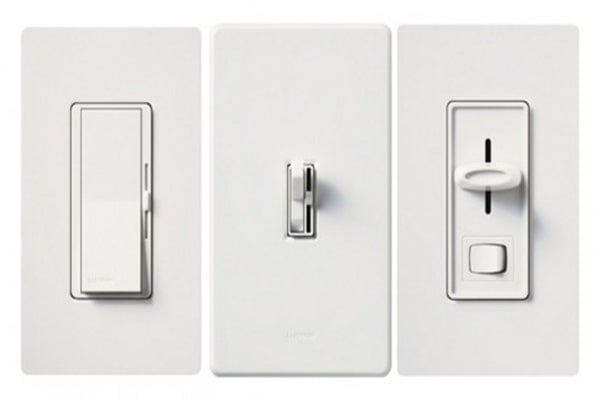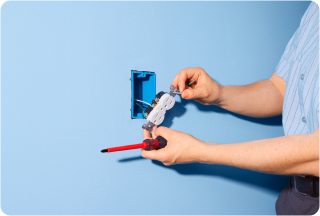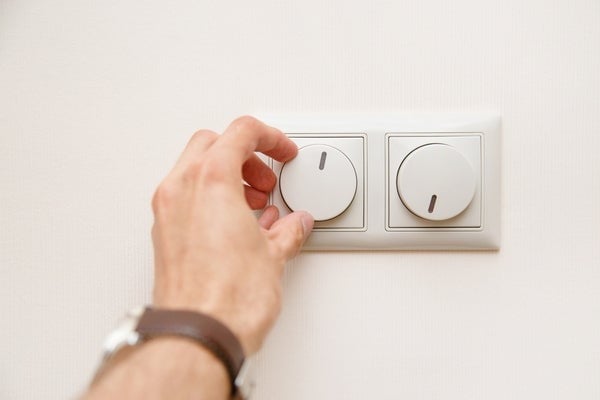Dimmer switches are an affordable, easy way to make a big difference in your home’s lighting appeal, and energy use, and with the right home warranty, you can ensure your electrical systems are covered. An often-overlooked decorating secret, a dimmer switch can change the mood of a room with just a touch. Installing a dimmer switch or changing one out is a relatively simple DIY task that will allow you to update your lighting without an electrician.
Let’s get enlightened (sorry—we had to) about the different types of dimmer switches and their benefits in this dimmer light switch guide.
Why Should I Consider Dimmer Light Switches in My Home?
There are many good reasons to install dimmer switches around your house. When the lights aren't functioning at full capacity, they use less energy and save bulb life. Dimming lights can make a room more comfortable and create a lovely ambiance for a party, gathering, or event.
Locations for Installing a Dimmer Switch
When people think of dimmer switches, they often think of dining rooms or entry halls, which are common areas to find them. However, replacing a light switch with a dimmer can be useful in many different rooms and areas around a home:
- Bathroom. Being able to dim the lights first thing in the morning will allow you to start your daily routine without a bright light assaulting your eyes, providing an easier transition from sleeping to waking. Also, adding a dimmer switch can give the effect of candlelight without introducing a fire hazard. For ultimate relaxation at home, lower the lights before taking a luxurious bath.
- Bedroom. Rarely do you truly need bright light in the bedroom. To keep your bedroom a place for rest, incorporating a dimmer light switch can inform your body that the day is winding down and encourage better sleeping habits. If bright light is needed, your windows and skylights are a natural source.
- Kitchen. While full light may be needed for some tasks in the kitchen, the ability to turn the lights to a lower level can come in handy, especially for early morning coffee-making or late-night snacking. The dimmer switch can differentiate the cooking area from the dining area; use overhead lighting above the island or kitchen table to distinguish the areas for bigger gatherings.
- Hallways. Dimmers—and even better, touch dimmer switches—in hallways can be handy at nighttime, especially for households with little ones. Using the dimmer will keep bright lights from shining into bedrooms while ensuring safety if someone gets up during the night.
- Living room or den. Lower the lighting to transform your living room into your own movie theater. The dimmer lets you crank the lights up again when reading a book or enjoying a hobby that needs a bit more light.
- Porch. Controlling the porch light with a dimmer switch gives you better control over energy consumption; turn up the lights when you need to see outside and dim them overnight for security while conserving power.





